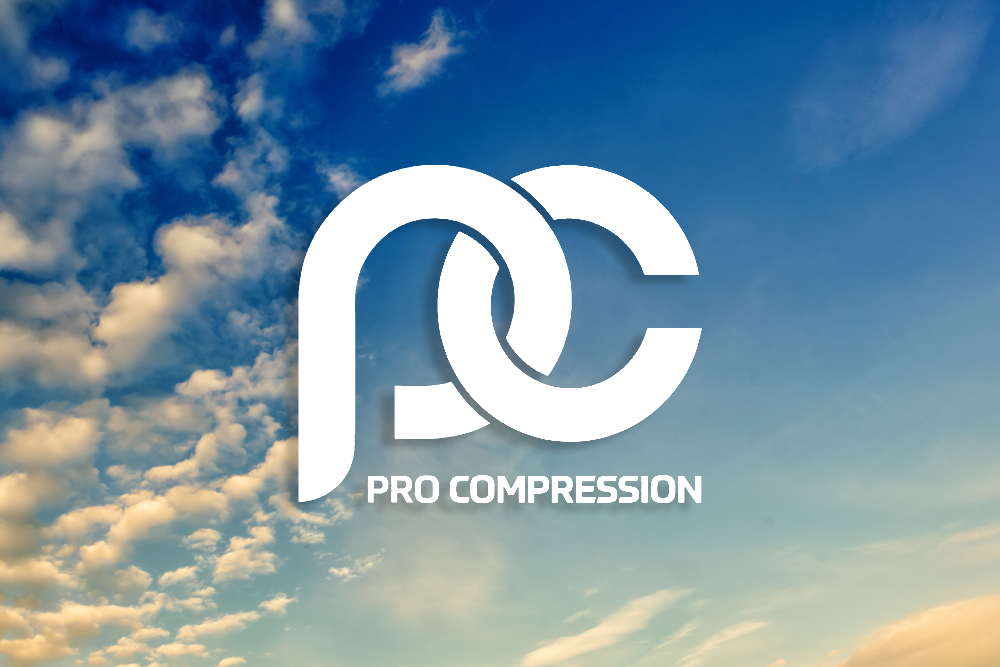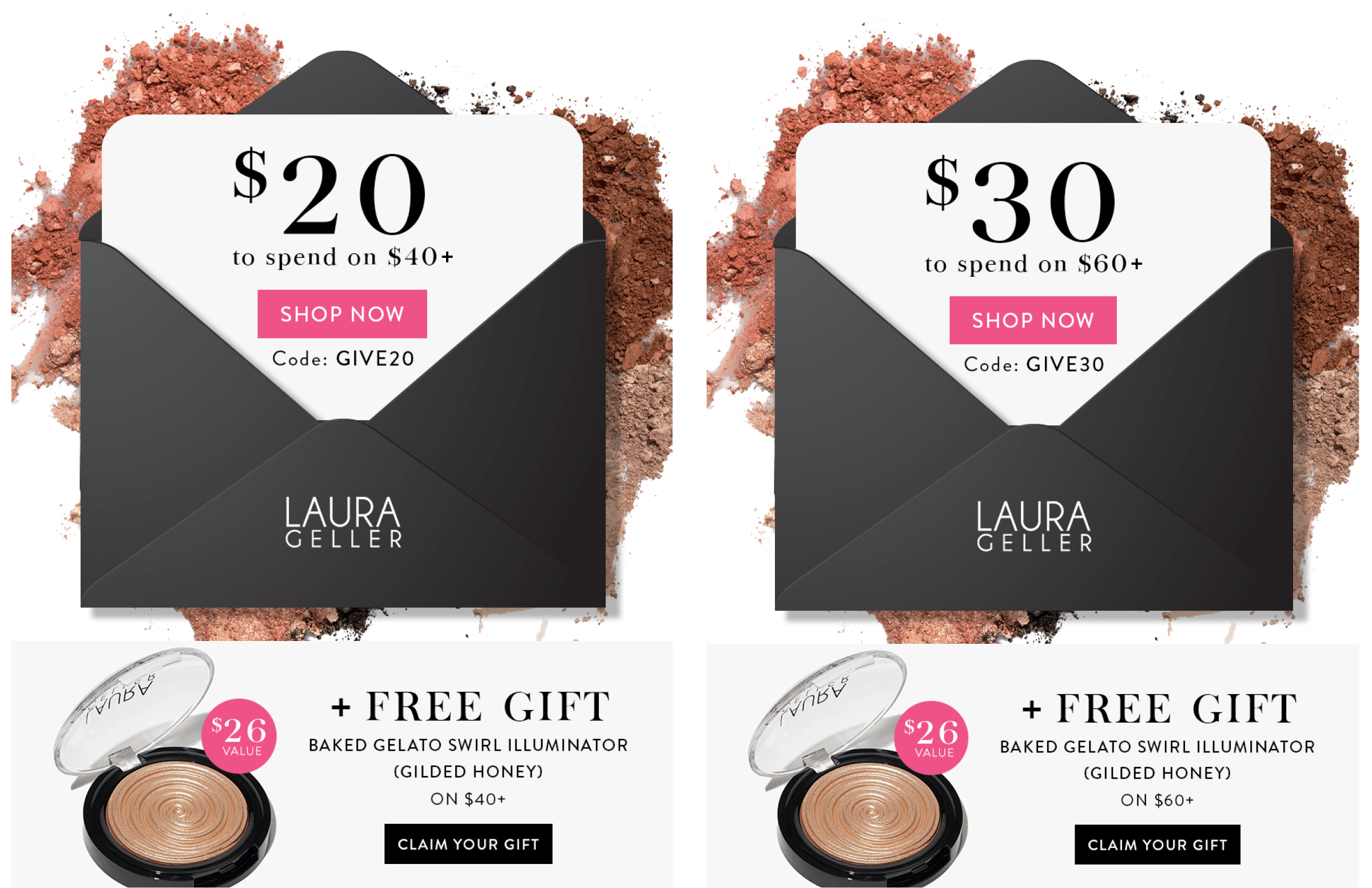In Part I, we examined the buying process, giving insight into why consumers buy and the behaviors exhibited before, during, and after purchases are made. Now, let’s talk about the impact of sales.
Everybody loves a good sale. But why? Why is it that consumers feel more inclined to act on a sale item? This is the breakdown. In short, sales event and limited time purchases remove the majority of the cognitive dissonance we feel when we make purchases at original price, mainly because we, as consumers, associate a sales with value.
When consumers buy, there is often a period of wavering that ensues. Did I make the right decision? Were there better options? This is natural, but when we act on a sale, these feelings tend to be more justified. Even though you still spent money, you felt better about the decision, because you didn’t pay as much as other consumers. It seems, we have limited defenses for an an irresistible bargain. Giant reductions and the way they’re marketed and presented in stores and online tap into some primal psychological impulses.
Here are five insights as to why sales are so tempting:
Perceived Value
Most people don’t understand why one jacket is $50 and another $500. So, we rely on the price as a measure of quality, style, and worth. This is perceived value – the worth that a product or service has in the mind of the consumer. For the most part, consumers are unaware of the true cost of production for the products they buy. Instead, they simply have an internal feeling for how much certain products are worth to them. This explains why the $500 jacket that is on sale for $150 seems like a better purchase than the $50 jacket at its original price, not because of the amount being spent but how it’s being spent.
Consumers purchasing the more expensive jacket on sale see value; an opportunity to have a jacket that’s higher quality at a fraction of its original cost, even though they’re spending more money and most likely have limited knowledge of the actual quality of the product. Let’s look at perceived value from a different angle. Think about 2 identical jackets, both currently priced at $99. Jacket #1 carries an everyday price of $99. Jacket #2 is on sale for $99, originally priced at $199. Which would you be more inclined to buy? Jacket #1 has a fixed value. Little is left for the consumer to calculate. The consumer determines the value and decides whether it’s worth the purchase or not, unconsciously estimating that Jacket #1 will always be $99. The consumer has one point of reference. There is no comparison to be made, as seen in the example of Jacket #2. Jacket #2 makes things interesting, leaving more for the consumer to think about in terms of value.
As consumers, there are a number of factors we consider when determining the value of a product. Typically, in the minds of consumers, higher price point equals higher quality. The sale price of Jacket #2 triggers a stronger reaction, because the value is expressed in more deliberate fashion. In this example, there is power in comparison. In a vacuum, we’d be able to look at both jackets and determine, regardless of original prices, we’re getting the same jacket at the same price ($99). However, the presentation of sale pricing and points of comparison for Jacket #2 lead us to believe it carries more value. This is a common pricing strategy and a marketer’s playground. By affecting the perception of value, you create a sense of urgency and in turn, affect the way consumers interact with products and determine value.
Fear of Missing Out
By nature, we want to feel a part of, as opposed to apart from. As it relates to sales, we understand this to mean that when something is sold, our opportunity to buy is gone for good, whether this is true or not. The concept inspires a fear of missing out that consumers often fail to consciously notice, which only enhances the power of their emotional reaction. You may not understand why you’re compelled to jump on that sweater discounted by 50%. You may not even realize that you actually didn’t like it before the price was reduced, yet the feeling of missing out on what seems like a terrific deal is overwhelming. The urge to snatch up a bargain before it’s gone is especially potent with online shopping, when you can see merchandise selling out before your eyes and can’t see who else might be considering making the move. In stores, you can at least physically hold the item while considering its true value.
Technology just makes things even more irresistible, especially for online consumers. Remarketing is the devil in sheep’s clothing to an online shopper. Once you view something online, the product will follow you around, wherever you browse. See something you like on Amazon? It’s nearly guaranteed to pop up on your Facebook and Instagram feed or in a banner on a YouTube video you’re viewing. Marketers have gone digital, and there’s no turning back. So, if you suffer from FOMO, and you’re an online shopper and avid social media user, you’ll have plenty of opportunities to close the deal.
Competition Shopping is often described as a competitive sport. And with items that are discounted and in short supply, the fear of “missing out” is heightened by the knowledge that you’re competing with others. For some consumers, “winning” by way of beating others to get that last item on sale is the goal, regardless of what the item is. A crowd of consumers heightens emotions and amps up our competitive instincts. The chaotic atmosphere reduces our ability to think carefully about the true value of what we’re buying.
Saving or Spending?
Sales and store receipts are constantly pointing out how much consumers are saving. This is no coincidence. This is tactical. Quite obviously, when consumers buy products, they’re spending—and that’s the opposite of saving. And the irony of it all is that several studies show “bargain” shoppers spend more money than consumers purchasing products at original prices. Sales draw consumers into the stores, they spend more time, and usually spend more money buying more than what they came to purchase. More – that’s driving force behind these sales tactics. Consumer feels they’re getting more. They end up spending more. Retailers make more.
Time Investment Monitoring sales is a time-consuming process. It’s often an emotional investment too. Many consumers feel pressure to make good on that investment by not leaving a store empty-handed when a sale pops up. Finding something—anything—to buy can feel like winning a scavenger hunt.
The Conclusion
The allure of the sale is founded in consumer psychology. Consumer behaviors are directly affected by sales and limited time purchase events in a variety of ways. The art of the sale is constructed with the aforementioned conditions in mind. In order to appeal to the emotions of the consumer, retailers must create an experience, not just a sale. Bold messaging helps marketers shape an exclusive offer that seems personal, and thus, irresistible. If, as consumers, we feel we’re getting more value, logic and reason tend to take a backseat. We want what we want when we want it.
Add greater value, and we’re quicker to pull the trigger to purchase. Including calls to action in your email marketing is a necessity. If you fail to present value to your customers, you’re giving your competitors business. Consumers inboxes are bombarded with offers on a daily basis. With so many options and increasing accessibility, it’s dangerous to rest on the laurels of loyalty. Instead, assume value trumps loyalty. Implement a call to action with purpose, and keep your customers engaged by showing them the value they seek.
Next: Exclusivity in the Luxury Market In the luxury space, savings are not as appealing. Exclusivity, however, is. We’ll examine why it’s important for luxury consumers to have products and services others don’t, and how marketers frame these exclusive offers.




